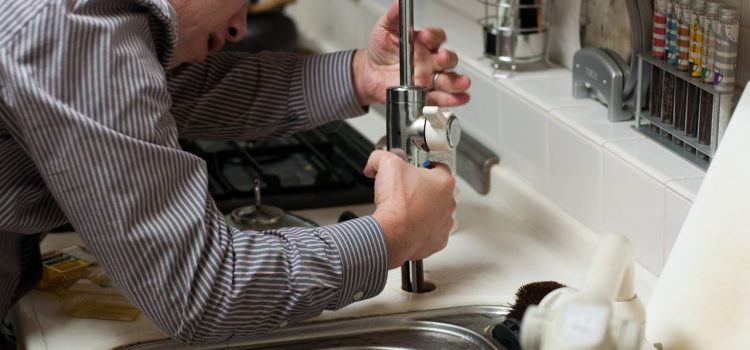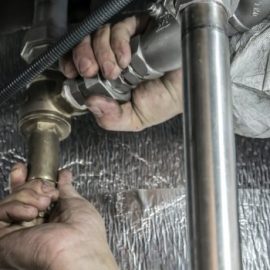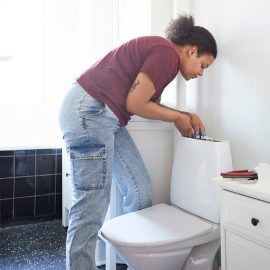
In an era where environmental consciousness is a top priority, making your home more eco-friendly is not just about reducing energy consumption; it’s also about conserving water. Plumbing plays a significant role in water usage, and making smart upgrades can lead to substantial water savings. In this blog, we’ll explore the top four water-saving plumbing upgrades you can implement to create a greener and more sustainable home.
1. Low-Flow Fixtures
Low-flow fixtures are among the easiest and most effective ways to reduce water consumption in your home. These fixtures are designed to deliver the same functionality as standard fixtures while using significantly less water. Here are some common low-flow fixtures to consider upgrading:
Low-Flow Showerheads: A low-flow showerhead can reduce water usage by up to 50% compared to traditional showerheads. You’ll still enjoy a satisfying shower while conserving water.
Low-Flow Faucets: Replace old faucets with low-flow models to cut down on water waste when washing your hands or doing dishes. They can reduce water usage by up to 30%.
Dual-Flush Toilets: These toilets come with two flush options—one for liquid waste and another for solid waste. This allows you to use less water when appropriate, leading to significant water savings over time.
2. Tankless Water Heaters
Traditional tank water heaters heat and store a fixed amount of water, which means that energy is continuously used to keep the water hot, even when you’re not using it. Tankless water heaters, on the other hand, heat water on-demand, resulting in energy savings and no standby heat loss. This not only conserves energy but also reduces the amount of water wasted while waiting for the hot water to arrive at the tap. Tankless water heaters can be installed at specific points in your home or as a whole-house system.
3. Smart Water Monitoring Systems
Advancements in technology have given rise to smart water monitoring systems that allow homeowners to track their water usage in real-time. These systems provide valuable insights into when and where water is being used most in your home. Some even offer leak detection features, notifying you of any unusual water consumption patterns that could indicate a leak.
By having a better understanding of your water usage, you can identify areas where you can make improvements. Smart monitoring systems not only promote water conservation but also help reduce water bills and prevent costly water damage from undetected leaks.

4. Greywater Recycling Systems
Greywater refers to the relatively clean wastewater generated from activities like showering, bathing, and washing clothes. Greywater recycling systems capture and treat this water for reuse in non-potable applications, such as landscape irrigation and toilet flushing. By recycling greywater, you can significantly reduce the amount of freshwater used for these purposes.
Installing a greywater recycling system may require professional assistance and may vary depending on local regulations, but it can make a substantial difference in water conservation. It’s an investment that pays off both in terms of resource savings and contributing to a greener environment.
In conclusion, embracing water-saving plumbing upgrades not only benefits the environment but also your wallet. These four upgrades—low-flow fixtures, tankless water heaters, smart water monitoring systems, and greywater recycling systems—empower you to make your home more eco-friendly and sustainable.
When considering these upgrades, keep in mind that they not only reduce water consumption but also contribute to lower utility bills over time. The initial investment often pays for itself in terms of savings and the satisfaction of knowing you’re doing your part to conserve this precious resource. By making these conscious choices, you can create a greener home and inspire others to follow suit in the journey toward a more sustainable future.



